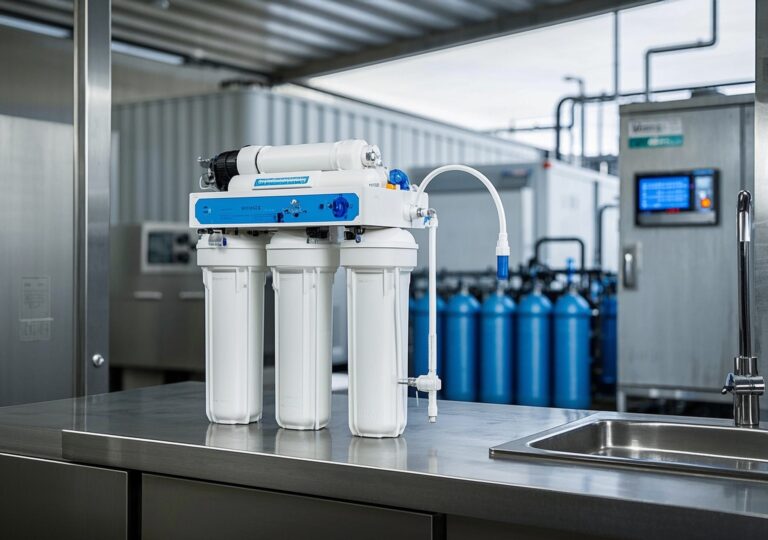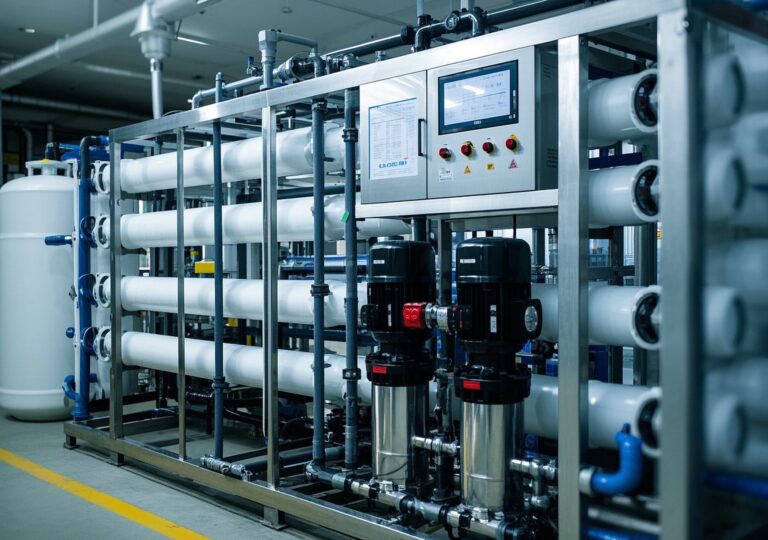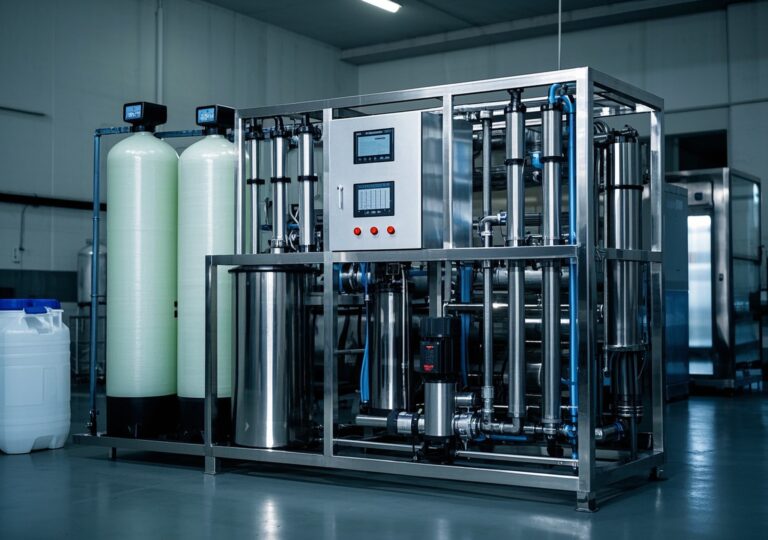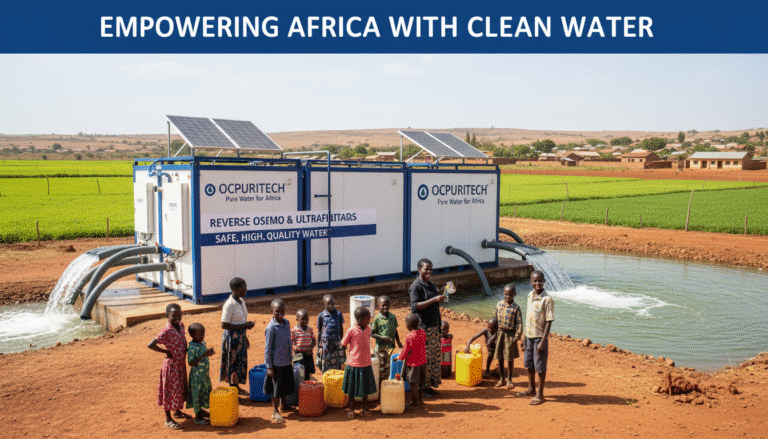Unseen Future: Will Cooling Tower Water Treatment Dominate the Market?
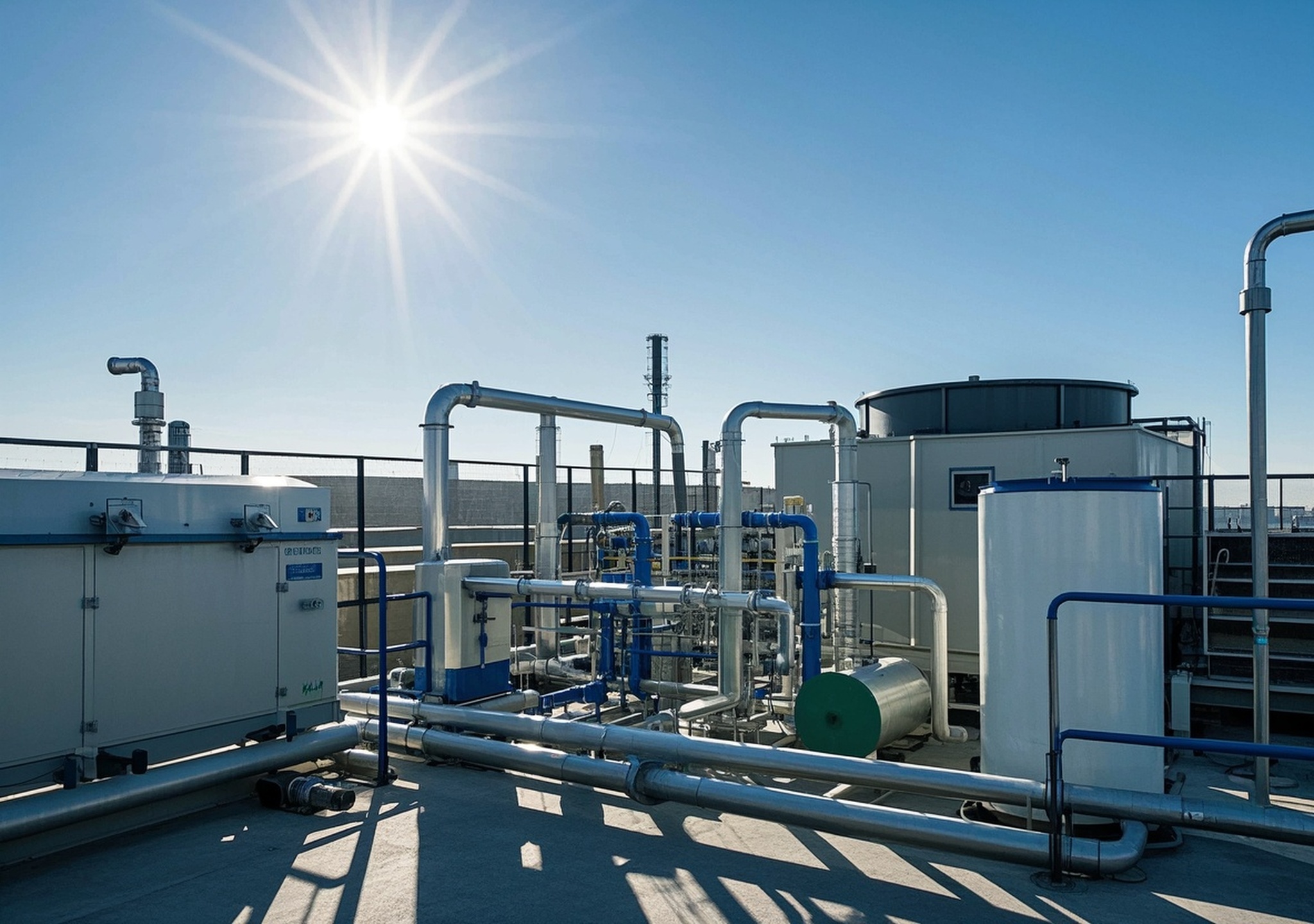
Unseen Future: Will Cooling Tower Water Treatment Dominate the Market?
The industrial sector’s reliance on efficient cooling towers is undeniable, underpinning operations from energy generation to manufacturing. As environmental regulations tighten and operational costs rise, the demand for advanced cooling tower water treatment grows rapidly. This article explores the evolving landscape of cooling tower water treatment, blending authoritative data with hands-on experience to assess whether this sector is positioned for market dominance in the near future.
1. The Critical Role of Cooling Tower Water Treatment
Cooling towers perform a vital function: removing heat from systems to prevent overheating and maintain operational efficiency. However, the water circulating in these towers is susceptible to several challenges—corrosion, scaling, biological fouling, and microbial contamination, including hazardous bacteria such as Legionella. Effective water treatment is essential not only for the longevity of equipment but also for safety and regulatory compliance.
According to multiple authoritative sources such as Veolia Water Technologies and Guardian Chemicals, improper water management can lead to severe operational downtime and increased maintenance costs. Modern treatment techniques aim to address these challenges comprehensively, emphasizing sustainable and efficient solutions that optimize resource usage.
2. Market Drivers and Water Quality Challenges
The growing industrialization worldwide coupled with water scarcity in many regions has made cooling tower water treatment a strategic priority. Water quality varies significantly by geography, introducing complex challenges like high hardness, suspended solids, and microbial loads.
Clients increasingly demand solutions that ensure:
- Reduction of mineral scale deposits to maintain heat transfer efficiency
- Effective corrosion control to protect expensive infrastructure
- Comprehensive control of biological contaminants, including algae and pathogens
- Optimization of water and chemical usage to reduce environmental footprint
These drivers push technology developers and service providers towards innovation in treatment methods and system integration.
3. Fundamental Technologies Behind Cooling Tower Water Treatment
Understanding the mechanics of effective cooling tower water treatment requires a grasp of both physical and chemical methods working in tandem:
Physical Treatment Methods
- Filtration Systems: Including preliminary mechanical filtration, side-stream filters (self-cleaning screen filters, hydrocyclone separators), and multimedia filters that continuously remove suspended solids to protect pumps and heat exchangers.
- Blowdown Management: Periodic purge of concentrated water reduces dissolved solids buildup, essential for optimizing cycles of concentration and system stability.
Chemical Treatment Methods
- Scale Inhibitors: Use of phosphonates and synthetic polymers prevents mineral deposition (calcium carbonate, silica, etc.) that impair heat exchange.
- Corrosion Inhibitors: Modern, non-chromate inhibitors form protective film layers to shield metals from oxidation, prolonging equipment life without environmental toxicity concerns.
- Biocides: Both oxidizing and non-oxidizing biocides target biofilm, algae, and bacteria, halting microbial fouling and combating health risks from pathogens.
- pH Adjusters & Dispersants: These chemicals maintain optimal water chemistry and prevent particulate settlement, ensuring system cleanliness and efficiency.
Automated monitoring and dosing systems increasingly augment these processes, enabling real-time control of water parameters like pH, conductivity, and microbial count, reducing manual intervention and chemical waste.
4. Advanced Purification Techniques Setting New Industry Standards
Advanced cooling tower water treatment technologies integrate state-of-the-art purification systems tailored for the toughest operational environments:
| Technology | Function | Benefits |
|---|---|---|
| Microsand Media Filtration | Removes fine suspended solids | Minimizes fouling and scale buildup, protects sensitive components |
| Hydrocyclone Separators | Pre-treatment centrifugal separation of solids | Reduces load on filters, enhances system reliability |
| Ion Exchange & Softening | Removes hardness ions like calcium and magnesium | Prevents scaling, reduces chemical consumption |
| Reverse Osmosis (RO) | Treats blowdown for reuse, removes dissolved solids | Promotes water recycling, supports sustainability goals |
| Advanced Polymer Inhibitors | Controls specific scale and deposition issues | Improves chemical efficiency and effectiveness |
These innovations not only optimize operation but align with stringent environmental regulations and corporate sustainability commitments.
5. Case Studies: Real-World Success Stories
Drawing on my direct experience in the water treatment sector, I’d like to share impactful examples demonstrating the tangible benefits of cutting-edge cooling tower water treatment:
Case 1: Power Plant Optimization in the Midwest, USA
We retrofitted a 200 MW power station’s cooling system with automated chemical dosing and advanced side-stream filtration. Post-implementation data showed a 15% reduction in water blowdown volume and a 20% extension in equipment maintenance intervals. Plant managers reported increased operational uptime and significant savings on chemical treatment costs.
Case 2: Manufacturing Facility in Southeast Asia
Here, integrating ion exchange units with non-chromate corrosion inhibitors allowed the facility to reduce scale formation drastically despite challenging hard water conditions. This led to a 30% improvement in heat transfer efficiency and reduced energy consumption, aligning with their stringent sustainability goals.
Case 3: Hospital Cooling Tower Microbial Control
At a healthcare campus, we implemented an integrated biocide regimen combined with continuous microbial monitoring. This preempted any Legionella outbreaks over a 3-year period, ensuring compliance with health regulations and safeguarding patient safety.
These cases highlight the commercial and operational value of robust water treatment protocols.
6. Installation, Maintenance, and Customer Support
Key to sustained success is professional installation and proactive maintenance support. Effective system deployment involves:
- Site water quality assessment and system customization.
- Commissioning with calibrated automated monitoring equipment.
- Scheduled maintenance plans integrating periodic chemical analysis, filter cleaning, and equipment inspections.
- Responsive technical support accessible locally to minimize downtime.
Dedicated customer education on operational best practices ensures maximum ROI and system longevity.
7. Comparing Technologies and Ensuring Reliability
Compared with traditional water treatment techniques, integrated advanced systems provide:
- Superior control over fouling and scaling thanks to multi-barrier protection (chemical + physical methods).
- Reduced environmental impact due to lower chemical consumption and optimized blowdown rates.
- Improved safety by minimizing microbial contamination risks.
- Greater economic efficiency as a result of extended equipment life and reduced operational interruptions.
Assurance of quality stems from certifications (e.g., ISO standards), rigorous testing, and transparent warranty policies, fostering user confidence and trust.
8. User Testimonials and Industry Feedback
Feedback from various sectors consistently emphasizes enhanced system reliability and cost savings:
“Since upgrading our cooling tower water treatment program, equipment downtime has nearly halved, and our chemical costs dropped by 25%. The automated system gives peace of mind and real data to manage performance.” – Facility Manager, Chemical Manufacturing
“The commitment to sustainable water use aligns perfectly with our corporate goals. This solution elevated our environmental compliance and operational efficiency.” – Energy Plant Operations Lead
Such endorsements reinforce the pivotal role of advanced water treatment in industrial success.
9. Conclusion: Transforming Cooling Tower Water Treatment into a Market Staple
The trajectory of cooling tower water treatment is clearly upward, propelled by technological innovation, environmental imperatives, and operational demands. It is no longer a mere support function but a strategic asset capable of delivering substantial value across industries.
Through integrating physical and chemical methods, leveraging automation, and embracing advanced purification techniques, businesses can ensure more reliable operations, improved safety, and sustainability. The combined insights from authoritative research and proven field applications affirm that cooling tower water treatment’s role in industrial water management is set to strengthen and potentially dominate the market landscape.
As industries evolve, adopting comprehensive and efficient water treatment solutions will become indispensable — a call to action for stakeholders to invest in these technologies for long-term success.
References
- Veolia Water Technologies, “Cooling Tower Water Treatment”
- Guardian Chemicals, “Cooling Tower Water Treatment | Prevent Scale & Corrosion”
- Xylem US, “Cooling Tower Water Treatment”
- Chemstar WATER, Industry Article, dated February 21, 2025
- WaterProfessionals.com, “Water Treatment for Cooling Towers: The Complete Guide”
- Power Engineering, “Advanced Cooling Water Treatment Concepts (Part 1)”

